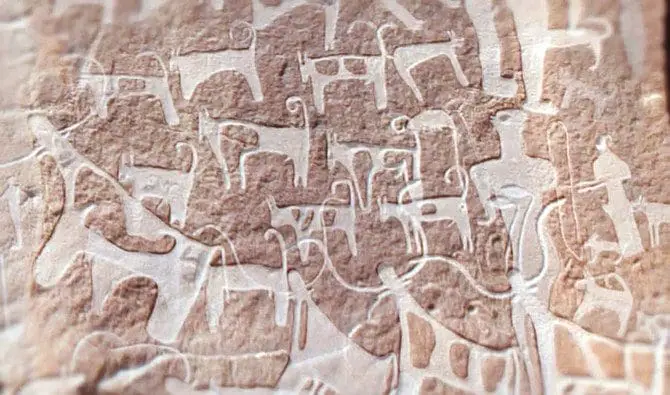In the Muslim world, whose scholarly focuses in the Middle Ages were situated in Damascus (Syria) and Baghdad (Iraq) and Samarkand (Uzbekistan), it was incomprehensible that scholars would just arrangement with strict undertakings. To be sure, the translation of the Koran required, for instance, information on topography and space science if just to situate oneself for the petition and to characterize the hour of dawn or dusk.
All scholars subsequently knew about science. The Arab researchers were content above all else to interpret the Greek original copies of Aristotle, Euclid, or Ptolemy, yet they at that point built up their own logical culture, concentrating specifically on medication, science, space science, and material science. material science. They additionally accepted the open door to interpret Indian writings and in the eighth century, they embraced the Indian decimal framework and its renowned 0 (concocted by the Babylonians), ten progressive images that will end up being our future.
In the ninth century, when Baghdad was the capital of the Muslim realm (Abbasid caliphate of 750-1259 later moved to Cairo), the caliphs financed the main galactic observatories of the Islamic world through which Arab space experts continued their examinations. by the old Greeks. They referenced in table structure the situation of the primary stars, the Milky Way, and the developments of 5 meandering stars, the initial 5 planets. With respect to instruments, the Iranian stargazer Ali Ibn Isa (Ali ibn Isa al-Asturlabi) watched the sky from Baghdad in the ninth century and made the main astrolabes (Almincantarat, in Arabic). Review that this instrument presents in its unique form two projection planes including a polar projection. It permits to quantify the stature of the stars and to peruse the time as indicated by the situation of the stars or the Sun and consequently to evaluate the development of the stars on the heavenly vault. With Chalid ben Abdulmelik, in 827 Ali Ibn Isa estimated the length of the earthbound degree from which he reasoned the outline of the Earth, getting as indicated by the sources the estimation of 40248 km or 41436 km (exceptionally near the present estimation of 40075 km). Middle Easterner cosmologists additionally examined the spot and development of the Earth in space, with certain researchers previously recommending that the Earth was circular as well as that it was turning around itself and around the Sun. At the end of the day, this proposition won’t be held. Abu Abd Allah Muhammad Al-Battani, otherwise called Albategnius, whose lunar hole honors him, disparaging of crafted by Ptolemy, designed another hypothesis of the world, a work he named Al-Zij (the Zij, got from Zih meaning “rope” in Middle Persian). It was an assemblage of galactic tables that were primarily utilized by soothsayers just as by Arab and Indian space experts until the fifteenth century. The Zij distributed later will acquire information from Indian and Greek space experts and will enter the constitution of Toledo Tables arranged in Spain around 1080 that European stargazers will use until the thirteenth century where they will be refreshed in the Tables alphonsines to compare to the places of the planets in the arrangement of Ptolemy. On account of the armillary circle and its enormous interlocking circles concocted by the Greek Eratosthenes in 255 BCE (its name is gotten from the Latin Armilla meaning and found in China simultaneously, Albategnius found the tendency of the plane of the ecliptic on the heavenly equator (23 °) and the moderate precession of the equinoxes, which thus gives the spot of a polar star to various stars. The divine reviews he did brought precisions which before long destroyed the hypothesis of focal points and respect of Ptolemy.
